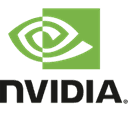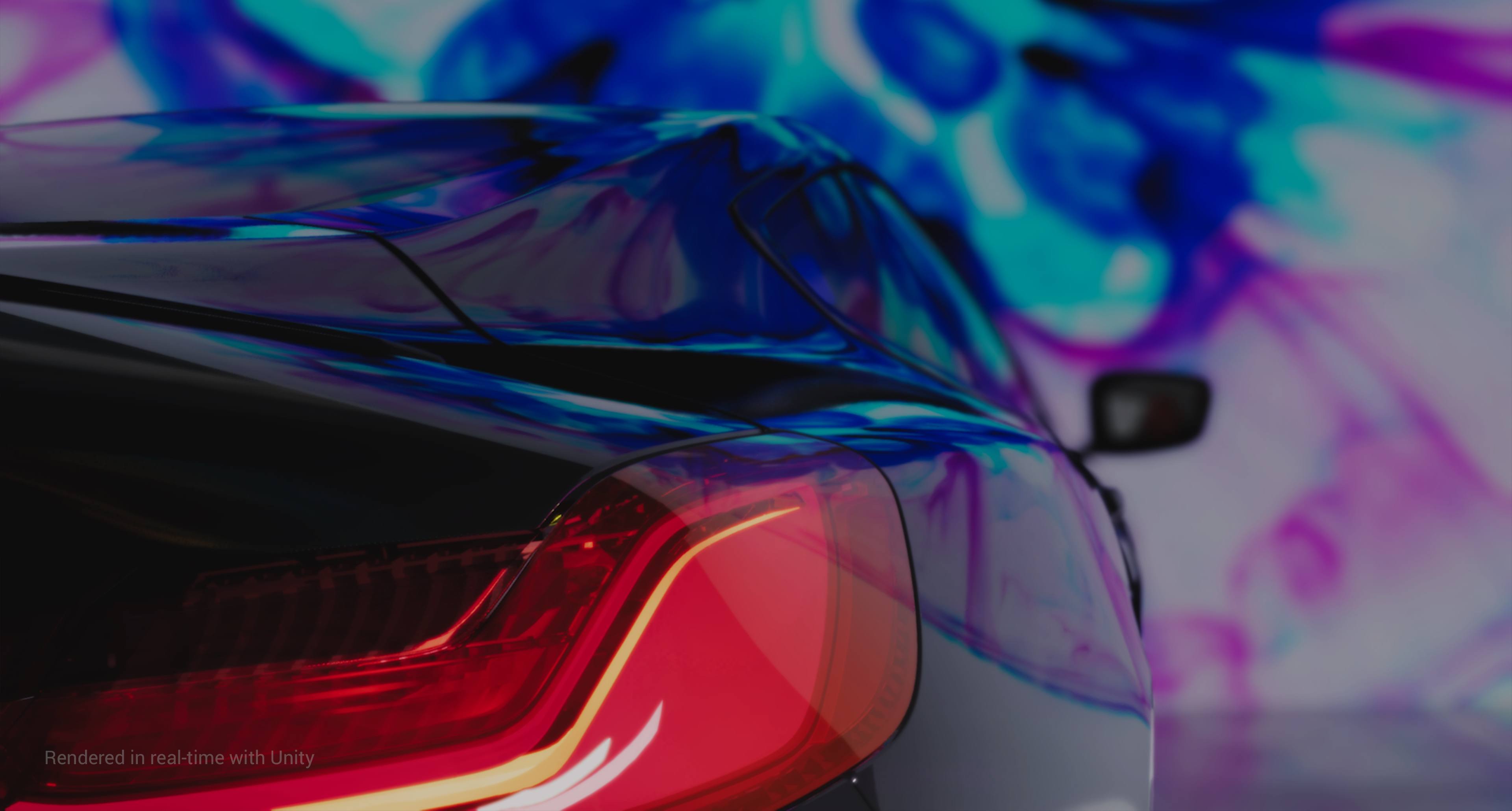
Unity real-time Ray Tracing
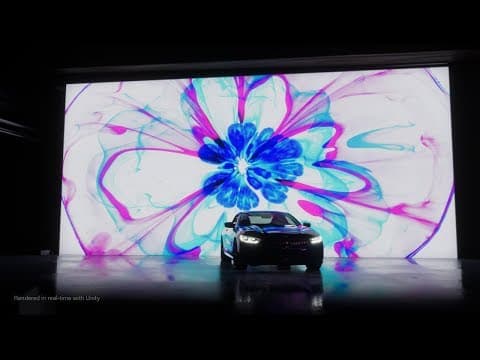
Reality vs illusion
Rendered in real-time in Unity, this demo spotlights one real car and another powered by Unity and NVIDIA. The dazzling array of lights and high visual fidelity make the vehicles indistinguishable from one another.
Unity and NVIDIA collaborated with BMW to showcase the 2019 BMW 8 Series Coupe.

The right tool for the right job
The technology provides a key advantage to creators because it mimics light’s real behaviors, allowing developers to make and dynamically alter creations that blur the line between real-time and reality.
For projects that demand maximum photorealism and the highest visual fidelity, Unity Ray Tracing features provide reflections and accurate dynamic computations for global lighting.
Ray Tracing available in Preview
Unity’s real-time Ray Tracing realistically simulates how light behaves and interacts with physical objects and materials in your scenes. This technological advance enables true global illumination (GI) and ambient occlusion, as well as other effects, whether you want to achieve a photorealistic or stylized look.
The High Definition Render Pipeline (HDRP) includes ray tracing support and hardware acceleration, allowing you to take into account reflections from all objects, even when they’re off-screen. Some of the implementations included are directional and area shadows, GI, reflections, and transparencies.
The DX12/DXR API in the HDRP package targets applications for the engineering, architecture, and automotive industries. Download our sample office project from GitHub to get started.
Ray tracing effects
The High Definition Render Pipeline uses ray tracing to replace some of its screen space effects, shadowing techniques, and Mesh rendering techniques.
- Ray Traced Ambient Occlusion replaces screen space ambient occlusion with a more accurate, ray traced, ambient occlusion technique that can use off-screen data.
- Ray Traced Global Illumination is an alternative to Light Probes and lightmaps in HDRP. It includes a different set of properties for Tier 1 and Tier 2 ray tracing.
- Ray Traced Reflections is a replacement for screen space reflection that uses a ray traced reflection technique that can use off-screen data.
- Ray Traced Shadows replace shadow maps for Directional, Point, and Area Lights.
- Recursive Rendering replaces the rendering pipeline for Meshes. Meshes that use this feature cast refraction and reflection rays recursively.
Dive into the details

Real or rendered? Real-time ray tracing | Unity at GDC 2019 Keynote
Can you tell the difference between the real-time car and the physical car? To highlight what is achievable with real-time ray tracing, we collaborated with NVIDIA and the BMW Group to showcase the 2019 BMW 8 Series Coupe.

Leveraging Ray Tracing Hardware Acceleration In The Unity Game Engine
This talk covers the major design decisions that drove the real-time ray tracing integration for features that Unity supports (such as reflections, area shadows, etc.). This is a deep dive into implementation details and optimizations.
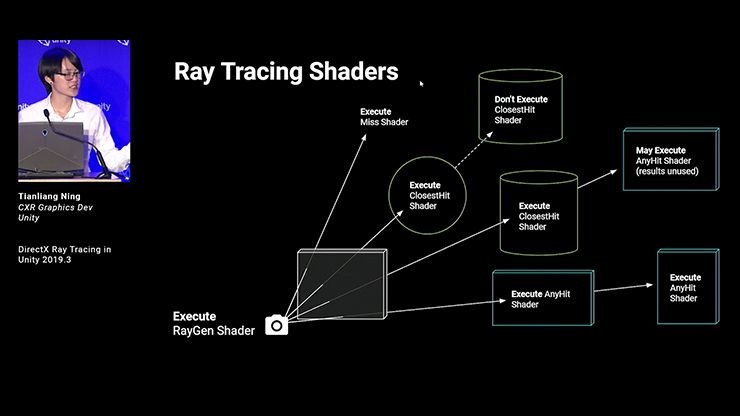
Getting started with DirectX ray tracing in Unity – SIGGRAPH 2019
In this video, learn how to use the experimental ray tracing features introduced in the 2019.3 Unity beta without getting bogged down in algorithms!
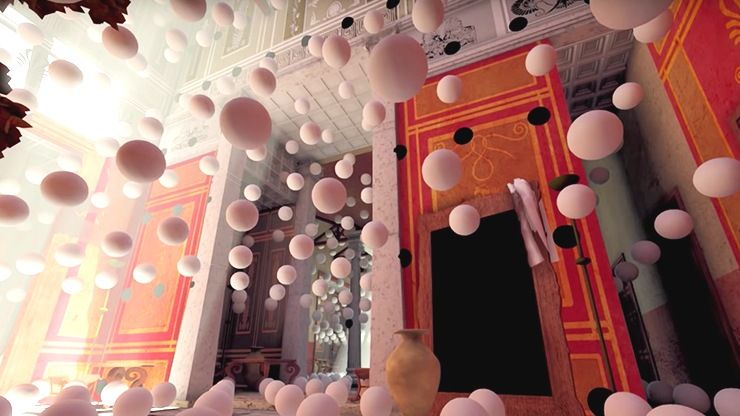
Optimizing & deploying real-time ray traced global illumination with RTXGI
NVIDIA RTXGI was leveraged to create real-time global illumination in Unity. This talk covers ray tracing, behind-the-scenes VFX breakdowns for a new Unity demo, and best practices for lighting and modeling.
Explore how to put real-time ray tracing to work
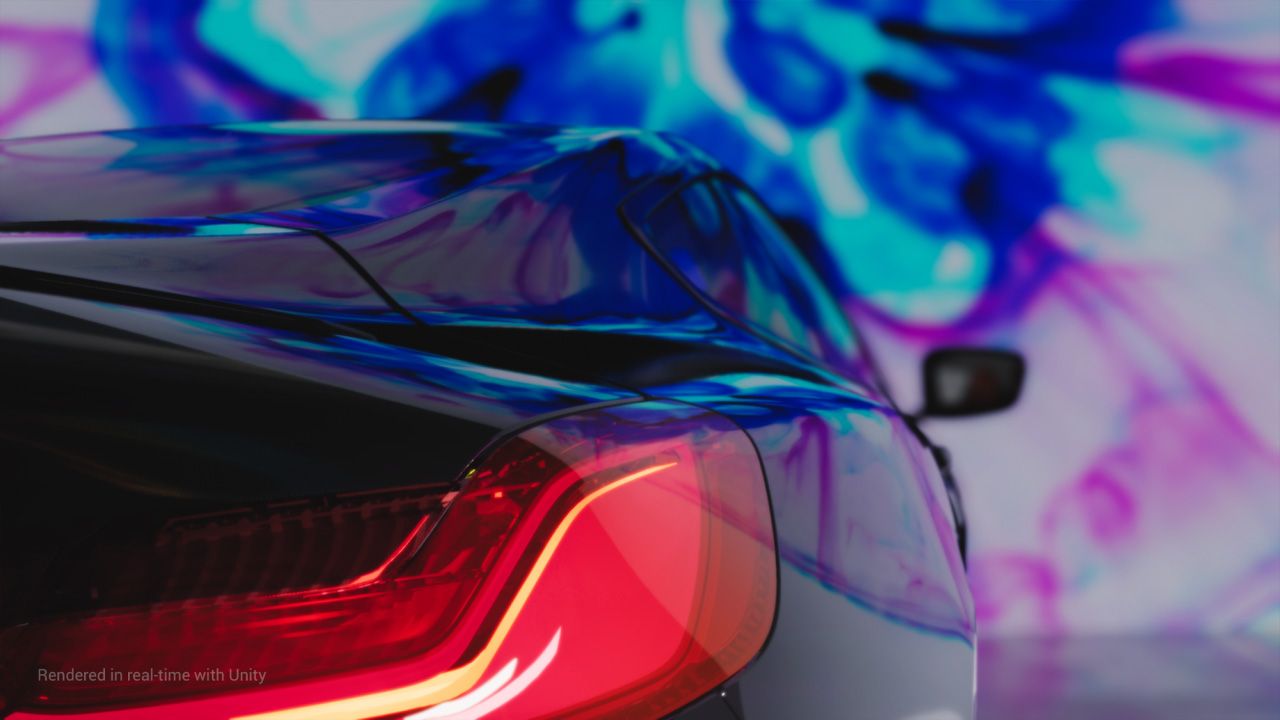
Reality vs illusion
Go behind the scenes of our ray tracing demo. We matched a CG Unity-rendered BMW to a real BMW 8 Series Coupe that we filmed in a warehouse to demonstrate how the ad creation process can benefit from the versatility of a real-time engine.
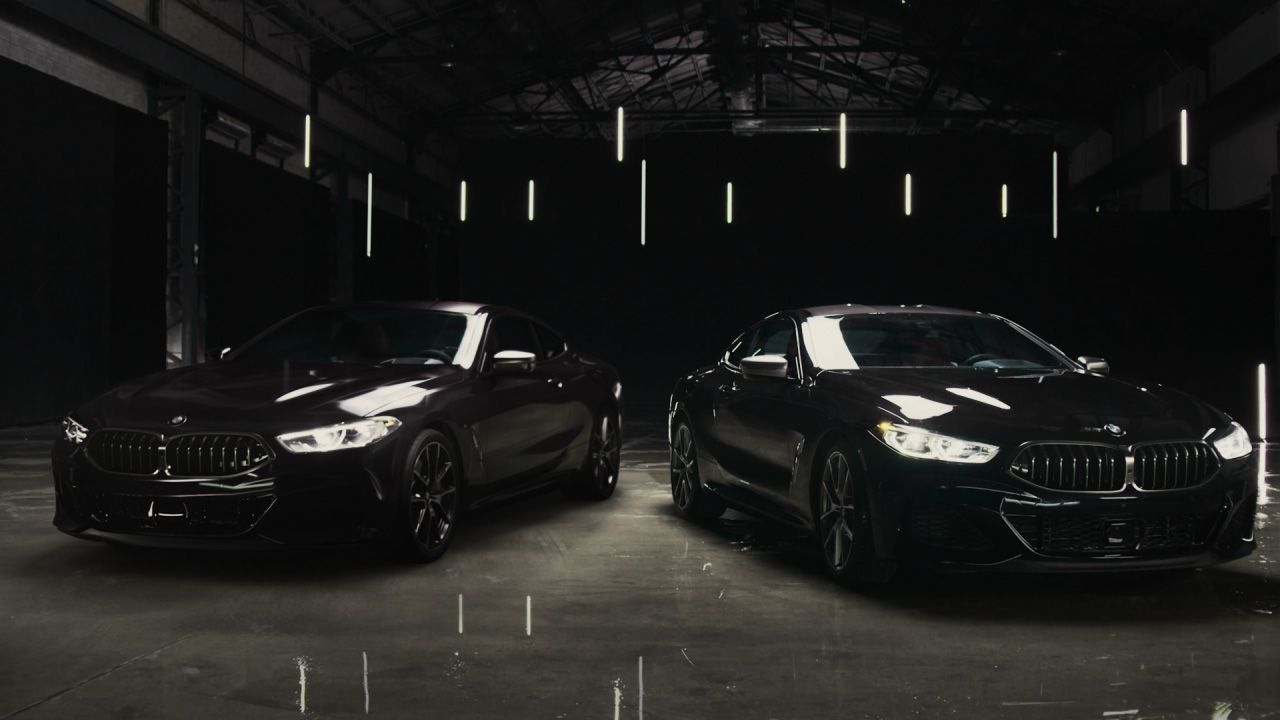
Ray Tracing – What does it mean to you?
Unity’s Ray Tracing enables customers to create stunningly realistic real-time experiences using affordable hardware. Learn how you can put real-time ray tracing to work for your projects.
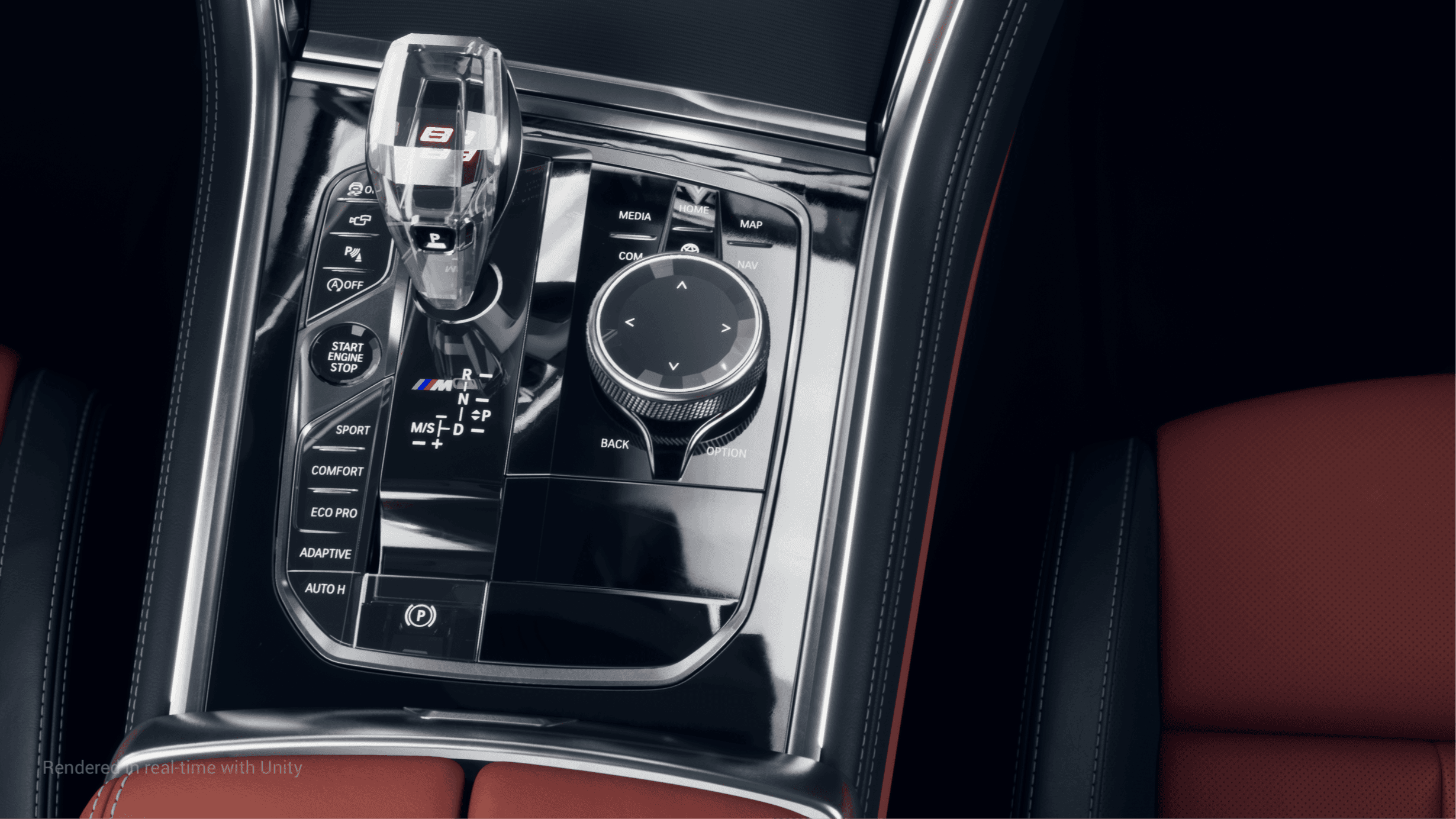
You can start working with Ray Tracing (Preview).
